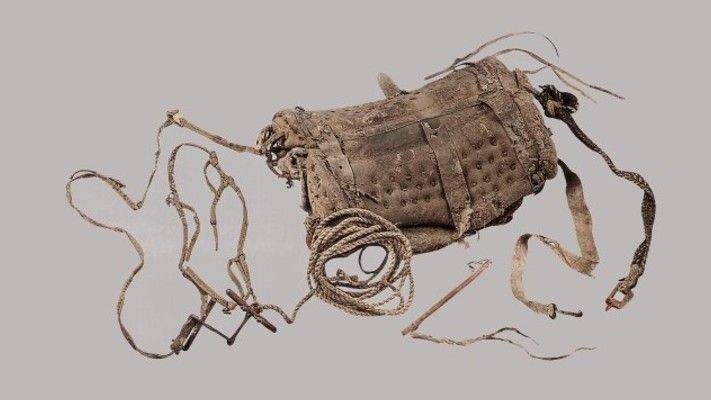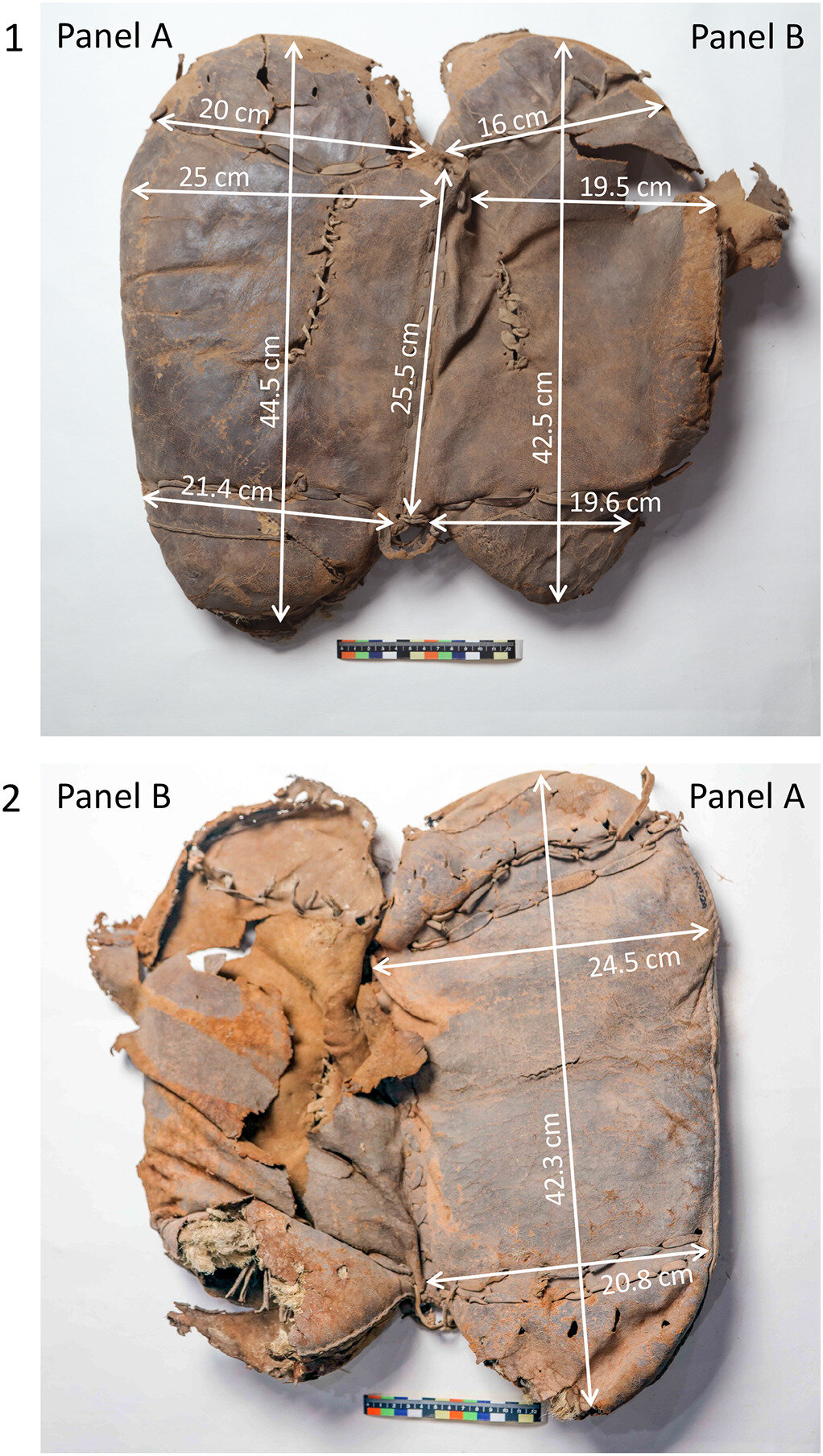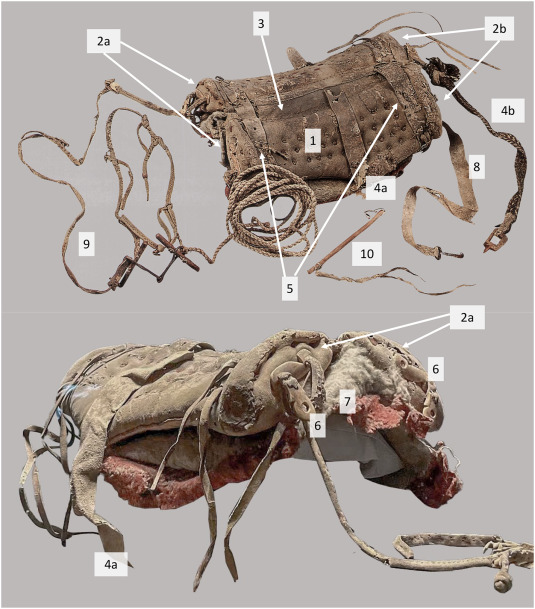In a remarkable archaeological discovery, a 2,700-year-old leather saddle has been unearthed in northwestern China. This find, which may be the oldest saddle ever recorded, offers new insights into the early history of horse riding and saddle-making. The elaborate leather saddle, discovered in the tomb of a woman, dates back to between 700 B.C. and 400 B.C., shedding light on the equestrian practices of ancient cultures.
Discovery of the Ancient Saddle

Archaeologists unearthed this extraordinary saddle in a cemetery in Yanghai, located in the Turpan Basin of China’s Xinjiang Uygur Autonomous Region. The arid desert conditions helped preserve the saddle for millennia. The tomb belonged to a woman dressed in a hide coat, woolen pants, and short leather boots, with the saddle positioned under her buttocks, as if she were seated on it. This discovery, published in the journal Archaeological Research in Asia on May 23, highlights the significance of the find.
Radiocarbon Dating and Historical Context

Radiocarbon dating places the creation of the saddle between 724 and 396 B.C. It consists of two cowhide cushions filled with straw, deer hair, and camel hair. This saddle predates known Scythian saddles, which date from the fifth to the third centuries B.C. and have been found in the Altai Mountains region of Russian Siberia and eastern Kazakhstan. Patrick Wertmann, an archaeologist at the University of Zurich and the study’s lead author, emphasizes that the Yanghai saddle marks the beginning of the history of saddle-making.
The Subeixi Culture
The tombs at Yanghai are associated with the Subeixi culture, which inhabited the Turpan Basin around 3,000 years ago. Named after another graveyard near the modern town of Subeixi, the Subeixi people were pastoralists, unlike the nomadic Scythians. The Subeixi had similar weaponry, horse gear, and garments to the Scythians, suggesting possible contact between the two cultures.
The Evolution of Saddle-Making

Horses were likely domesticated as herd animals up to 6,000 years ago, initially kept for their milk and meat. Horse-riding may have started about 1,000 years later, with early riders using mats secured to the horses’ backs with straps. True saddles, likely developed by mid-first millennium B.C. horse-riders in Central Asia, were designed for comfort, safety, and the health of the horses. The Yanghai saddle and early Scythian saddles featured distinct supports, aiding riders in maintaining firm positions and raising themselves when necessary, such as when shooting arrows. Early saddles did not have stirrups, a later innovation.
Female Riders and Their Roles

The positioning of the saddle in the tomb indicates that the buried woman was a rider. This finding challenges traditional narratives that associate horse-riding primarily with elite male warriors. The discovery suggests that women in the Subeixi culture actively participated in day-to-day activities, including herding and traveling. Birgit Bühler, an archaeologist at the University of Vienna, points out that the saddle’s presence in an ordinary tomb is strong evidence of women’s involvement in mounted pastoralist activities.
Conclusion
The discovery of the 2,700-year-old leather saddle in northwestern China not only provides a glimpse into the early history of saddle-making but also challenges long-held assumptions about gender roles in ancient cultures. The extraordinary preservation of the saddle opens the possibility for more significant finds in the future, potentially offering further insights into the equestrian practices of ancient civilizations. As archaeologists continue to explore and study such artifacts, our understanding of early human history and cultural interactions will undoubtedly expand.
